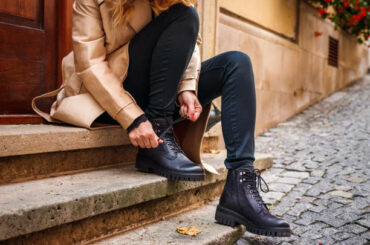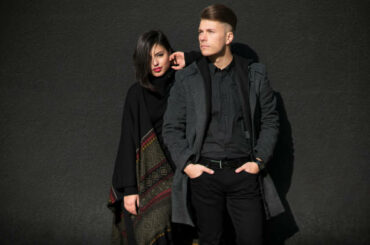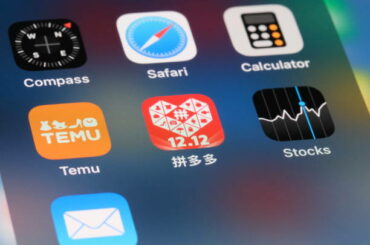Contents
Business casual vs casual
In today’s ever-evolving professional landscape, navigating the labyrinth of dress codes can feel like a daunting task. Gone are the days when work attire was confined to suits and ties; instead, a spectrum of styles ranging from business casual to casual has emerged, each with its own nuances and expectations. So, what exactly sets business casual apart from casual attire? Let’s embark on a journey to unravel the distinctions and decode the dos and don’ts of dressing for success.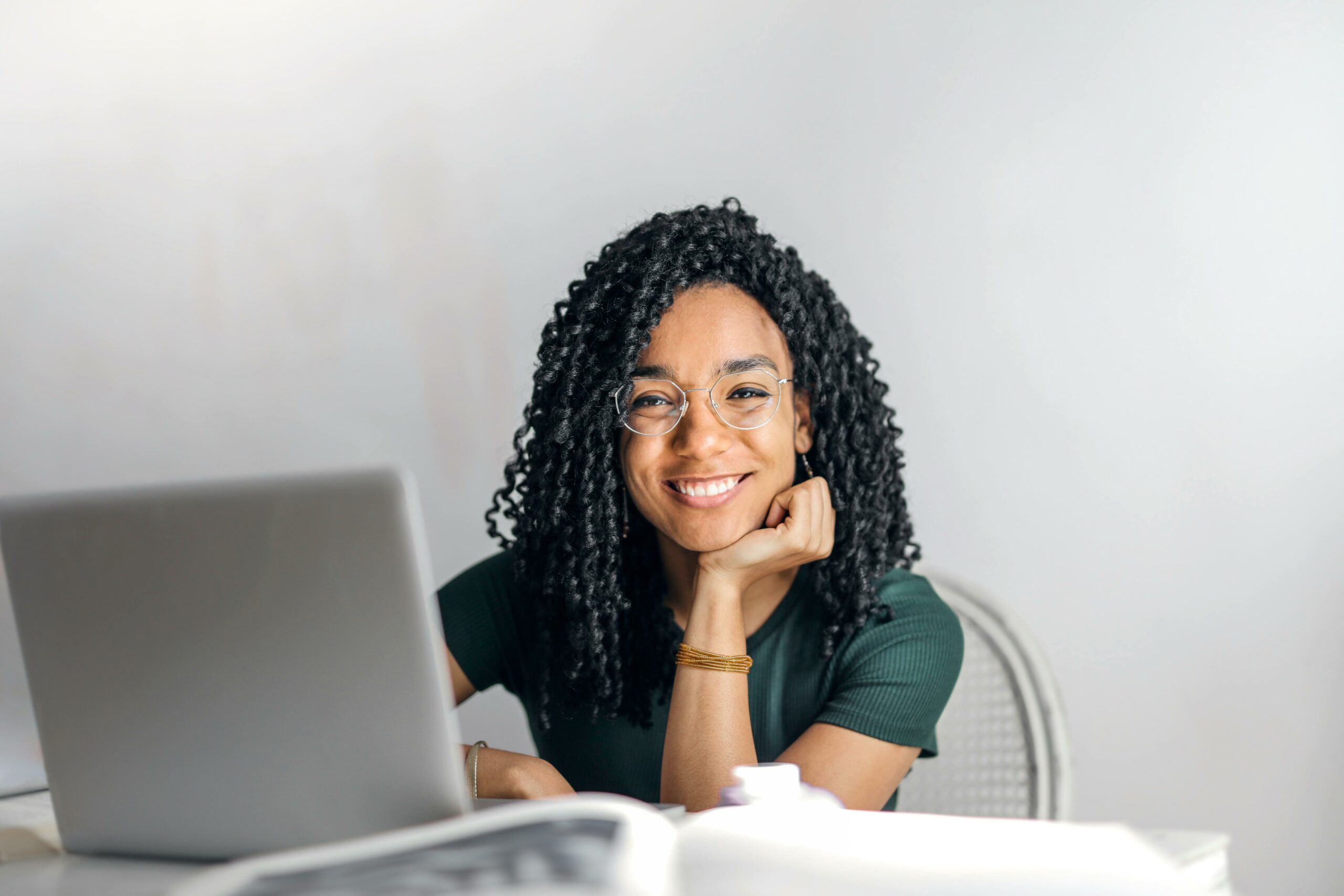
Introduction
In the realm of office attire, two terms often mingle and merge, causing confusion among even the most fashion-savvy individuals: business casual and casual. While they may seem interchangeable at first glance, a closer inspection reveals subtle yet significant differences that can make or break a professional image. So, what exactly do these terms entail, and why does it matter?
Business casual attire strikes a delicate balance between formal business attire and laid-back casual wear. It’s the Goldilocks zone of dressing—neither too formal nor too relaxed, but just right for most professional settings. Picture a blend of tailored pieces with a touch of informality, where polished separates take center stage.
Where Professionalism Meets Comfort
Characteristics of Business Casual Attire
Business casual attire typically encompasses:
- Tailored Trousers and Blouses: For men and women alike, tailored trousers or skirts paired with a blouse or collared shirt exude professionalism while allowing for comfort and ease of movement.
- Example: A man might opt for a pair of well-fitted khakis paired with a crisp button-down shirt, while a woman might choose a knee-length skirt paired with a tailored blouse.
- Layering with Blazers or Cardigans: Adding a blazer or cardigan to the ensemble adds a layer of sophistication without veering into corporate territory.
- Example: A lightweight blazer can instantly elevate a casual outfit, transforming it into a polished ensemble suitable for client meetings or presentations.
- Polished Footwear: Closed-toe shoes or loafers complete the business casual look, ensuring professionalism while providing comfort during long workdays.
- Example: Leather loafers for men and closed-toe heels or flats for women strike the perfect balance between style and comfort.
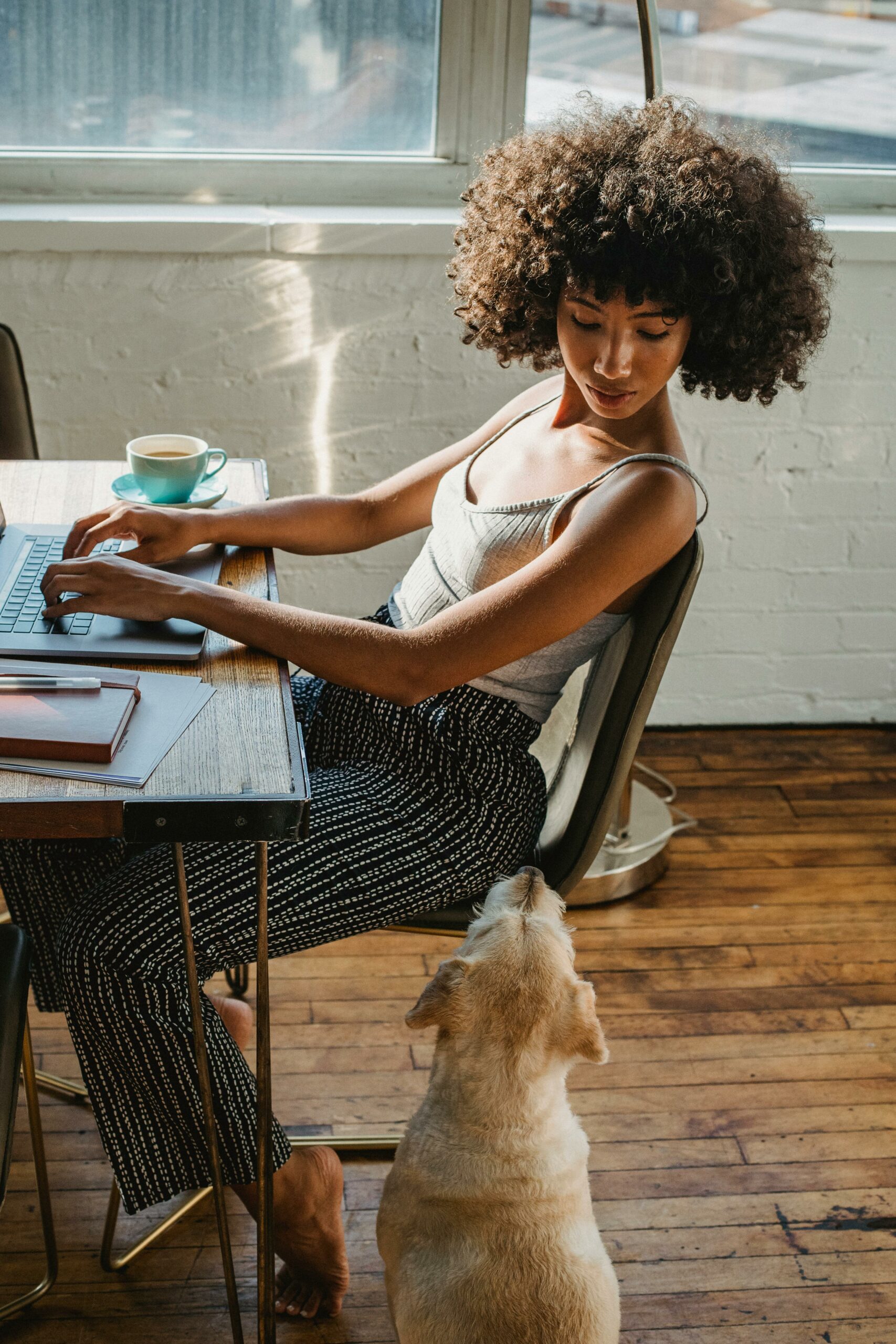
- Example: Leather loafers for men and closed-toe heels or flats for women strike the perfect balance between style and comfort.
Examples of Appropriate Business Casual Clothing
For men, business casual attire may include:
- Khakis or Dress Pants: Pairing khakis or dress pants with a button-down shirt or polo creates a professional yet relaxed look suitable for a variety of work environments.
- Example: A man might opt for slim-fit dress pants in navy or charcoal paired with a crisp white button-down shirt and a coordinating belt.
- Sport Coat or Blazer: Layering a well-fitted sport coat or blazer over a shirt adds a touch of refinement to the ensemble.
- Example: A navy blazer paired with khaki trousers and a patterned shirt creates a classic business casual look that’s both polished and versatile.
- Leather Shoes or Loafers: Completing the ensemble with leather shoes or loafers adds a sophisticated touch while ensuring all-day comfort.
- Example: Brown leather loafers or oxford shoes provide a timeless finish to a business casual outfit, effortlessly bridging the gap between professionalism and style.
Women can opt for:
- Blouses or Tailored Tops: Pairing a blouse or tailored top with trousers or a knee-length skirt strikes the perfect balance between professionalism and femininity.
- Example: A tailored blouse in a bold color or print paired with slim-fit trousers creates a chic and stylish business casual ensemble for women.
- Structured Blazer or Cardigan: Adding a structured blazer or cardigan to the outfit adds polish and sophistication while maintaining versatility.
- Example: A tailored blazer in a neutral hue can be layered over a blouse and paired with trousers or a pencil skirt for a professional yet stylish look.
- Closed-Toe Heels or Flats: Completing the ensemble with closed-toe heels or flats ensures a polished finish while providing comfort for all-day wear.
- Example: Nude pumps or ballet flats add a touch of elegance to a business casual outfit, completing the look with style and sophistication.
Occasions Where Business Casual Attire is Appropriate
Business casual attire shines in a variety of professional settings, including:
- Office Environments: In workplaces with a relaxed dress code policy, business casual attire allows individuals to maintain professionalism while expressing their personal style.
- Example: A marketing agency with a creative culture may embrace business casual attire as the norm, encouraging employees to dress in a manner that reflects the company’s brand identity and values.
- Networking Events and Industry Conferences: Attending networking events or industry conferences calls for attire that strikes a balance between professionalism and approachability, allowing individuals to make a positive impression on colleagues and peers.
- Example: A business conference may specify business casual attire for attendees, providing an opportunity for professionals to network and exchange ideas in a relaxed yet professional setting.
- Client Meetings: When meeting with clients, it’s essential to dress in a manner that conveys competence and credibility while fostering a sense of trust and rapport.
- Example: A financial advisor meeting with a client may opt for business casual attire to convey professionalism and expertise while maintaining a friendly and approachable demeanor.
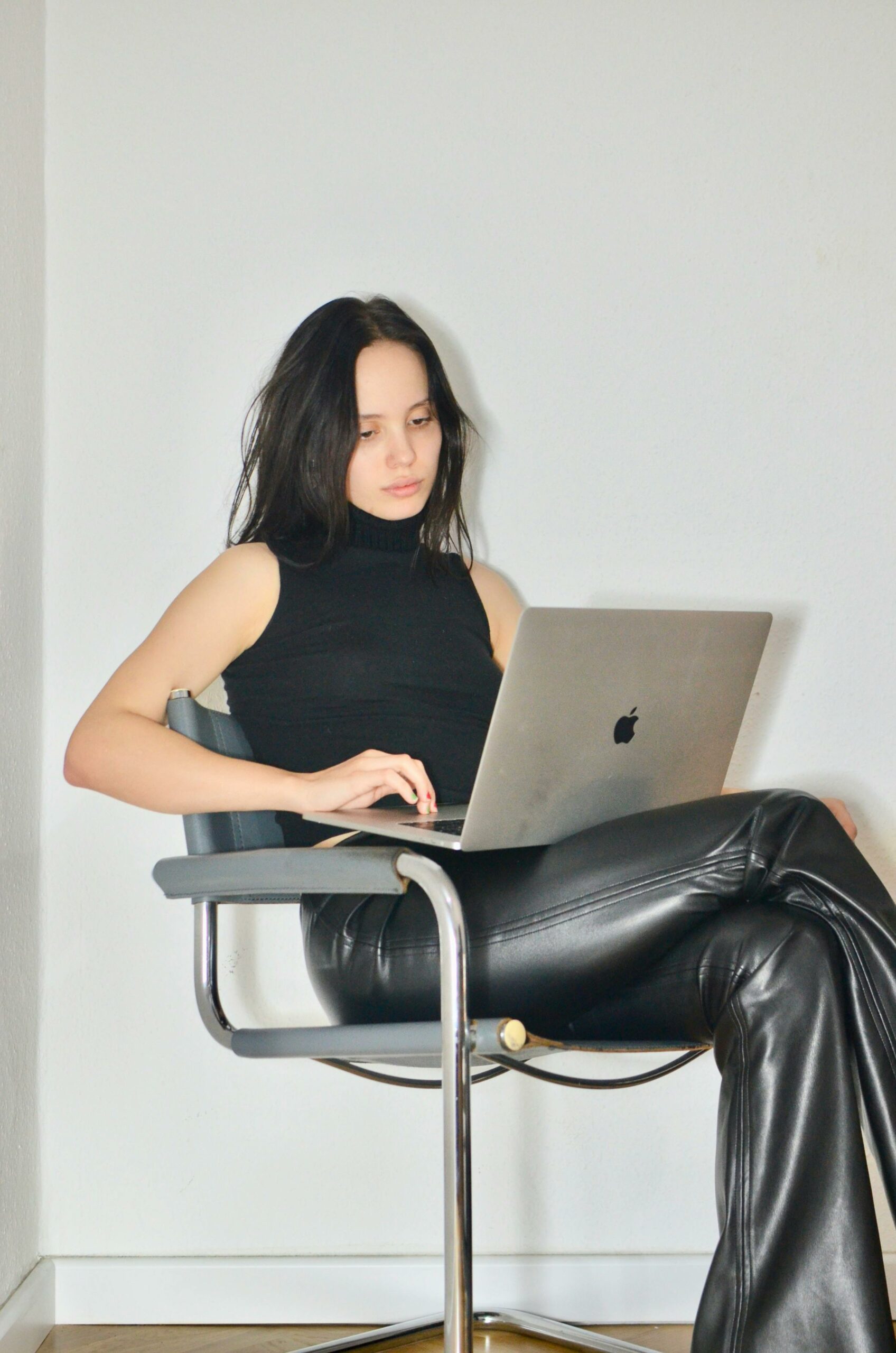
- Example: A financial advisor meeting with a client may opt for business casual attire to convey professionalism and expertise while maintaining a friendly and approachable demeanor.
From Weekend Wear to Workday Chic
Casual attire, on the other hand, embraces a more relaxed approach to dressing, eschewing formality in favor of comfort and self-expression. It’s the epitome of laid-back charm, perfect for weekends spent lounging or casual outings with friends.
Defining Casual Attire
Casual attire encompasses:
- Denim Jeans or Shorts: Denim jeans or shorts paired with T-shirts or casual tops create a relaxed and effortless look that’s perfect for weekend wear or casual outings.
- Example: A classic pair of blue jeans paired with a graphic T-shirt and sneakers epitomizes casual attire, offering comfort and style for leisurely days spent exploring the city or hanging out with friends.
- Sneakers, Sandals, or Flats: Footwear options such as sneakers, sandals, or flats prioritize comfort and mobility without sacrificing style.
- Example: White sneakers or canvas shoes are a staple of casual attire, providing versatility and ease of wear for various activities and occasions.
- Lightweight Fabrics and Loose Silhouettes: Casual attire often features lightweight fabrics such as cotton, linen, and jersey knit, along with loose silhouettes that promote freedom of movement and comfort.
- Example: A breezy linen dress or oversized shirt paired with shorts embodies the effortless charm of casual attire, offering a relaxed and carefree aesthetic that’s perfect for warm-weather days.
Differentiating Between Formal, Business Casual, and Casual Attire
While formal attire demands crisp suits and polished shoes, and business casual straddles the line between professional and relaxed, casual attire embraces a more carefree ethos. It’s the antithesis of corporate culture, inviting individuals to express their personality through fashion without adhering to strict sartorial codes.
Key Differences: Cracking the Dress Code Conundrum
Now that we’ve delineated the defining characteristics of business casual and casual attire, let’s delve deeper into the nuances that set them apart.
Dress Code Expectations for Business Casual vs. Casual
In a business casual setting, attire should exude professionalism while allowing for individual expression. Think tailored separates, refined accessories, and polished footwear that convey competence and confidence. In contrast, casual attire prioritizes comfort and relaxation, embracing a more laid-back aesthetic characterized by denim, sneakers, and effortlessly chic ensembles.
Incorporation of Accessories in Each Style
Accessories play a pivotal role in elevating both business casual and casual attire. In a business casual context, opt for classic pieces such as leather belts, statement watches, and understated jewelry to add a touch of sophistication to your ensemble. For casual attire, embrace playful accessories like colorful scarves, oversized sunglasses, and canvas totes that inject personality into your look without veering into formal territory.
Impact of Fabric Choices on the Overall Look
Fabric selection can make or break an outfit, particularly when it comes to distinguishing between business casual and casual attire. In a business casual setting, opt for luxe fabrics like wool, silk, and cotton blends that exude refinement and durability. For casual attire, embrace lightweight materials such as linen, denim, and jersey knit for a relaxed feel that’s perfect for leisurely days spent lounging or exploring the great outdoors.
Implications in Different Environments: From Boardroom to Brunch
Understanding the nuances of business casual and casual attire is essential for navigating various social and professional settings with confidence and poise.
Business Environments: Striking the Right Balance
In office environments where business casual attire is the norm, it’s crucial to strike the right balance between professionalism and approachability. Opt for tailored separates, polished footwear, and refined accessories that convey competence and credibility without sacrificing comfort or personal style.
Social Settings: Embracing Casual Chic
When it comes to casual social settings, embrace the opportunity to express your personality through fashion. Whether you’re brunching with friends, strolling through the park, or attending a casual gathering, opt for relaxed yet stylish ensembles that reflect your unique sense of style and flair.
Casual Fridays: A Gateway to Weekend Wear
Casual Fridays offer a welcome reprieve from the rigors of the workweek, allowing individuals to transition seamlessly from boardroom to weekend mode. Embrace the opportunity to showcase your personal style with casual yet polished ensembles that strike the perfect balance between professionalism and relaxation.
Dressing Appropriately for Success: The Power of First Impressions
In today’s fast-paced world, first impressions are more important than ever, and your choice of attire plays a pivotal role in shaping others’ perceptions of you.
Importance of Dressing for the Occasion
Whether you’re attending a job interview, meeting with clients, or networking with industry peers, dressing appropriately for the occasion demonstrates respect for the setting and showcases your professionalism and attention to detail.
Strategies for Achieving the Right Balance
Achieving the right balance between business casual and casual attire requires careful consideration of the dress code expectations and cultural norms of the setting. Pay attention to fit, fabric, and accessories to ensure your ensemble strikes the perfect balance between professionalism and personal style.
Personal Branding and the Role of Attire in Professional Image
Your choice of attire plays a crucial role in shaping your personal brand and professional image. By dressing in a manner that aligns with your industry, company culture, and personal style, you can convey confidence, competence, and credibility to colleagues, clients, and peers.
Breaking Down Common Misconceptions: Debunking Dress Code Myths
In the ever-evolving landscape of fashion and style, misconceptions abound when it comes to deciphering dress codes. Let’s debunk some common myths and set the record straight.
Addressing Myths About Business Casual and Casual Attire
Myth: Business casual attire is synonymous with sloppy dressing. Reality: Business casual attire strikes a balance between professionalism and comfort, allowing individuals to express their personal style while adhering to workplace norms.
Myth: Casual attire is inappropriate for professional settings. Reality: Casual attire can be appropriate for certain professional settings, particularly those with relaxed dress codes or creative industries that embrace individual expression.
Debunking Stereotypes Associated With Each Style
Stereotype: Business casual attire is boring and uninspired. Reality: Business casual attire offers ample opportunities for self-expression and creativity, allowing individuals to mix and match separates to create stylish and polished ensembles.
Stereotype: Casual attire is unprofessional and sloppy. Reality: Casual attire can be stylish and sophisticated when executed thoughtfully, incorporating quality fabrics, tailored silhouettes, and polished accessories.
Dress codes vary significantly across cultures and regions, reflecting unique norms, traditions, and societal values.
How Cultural Norms Influence Attire Choices
In conservative cultures, formal attire may be the norm, while in more relaxed cultures, casual attire may prevail. Understanding and respecting cultural norms is essential for navigating international business settings with grace and sensitivity.
Regional Differences in Interpreting Business Casual vs. Casual
In regions where climate and geography play a significant role in shaping lifestyle and fashion choices, dress codes may vary accordingly. For example, coastal regions may embrace a more laid-back approach to dressing, while urban centers may adhere to stricter sartorial standards.
Practical Tips for Building a Wardrobe: Dressing with Confidence and Style
Building a versatile wardrobe that seamlessly transitions between business casual and casual attire is essential for navigating the demands of modern life with ease and confidence.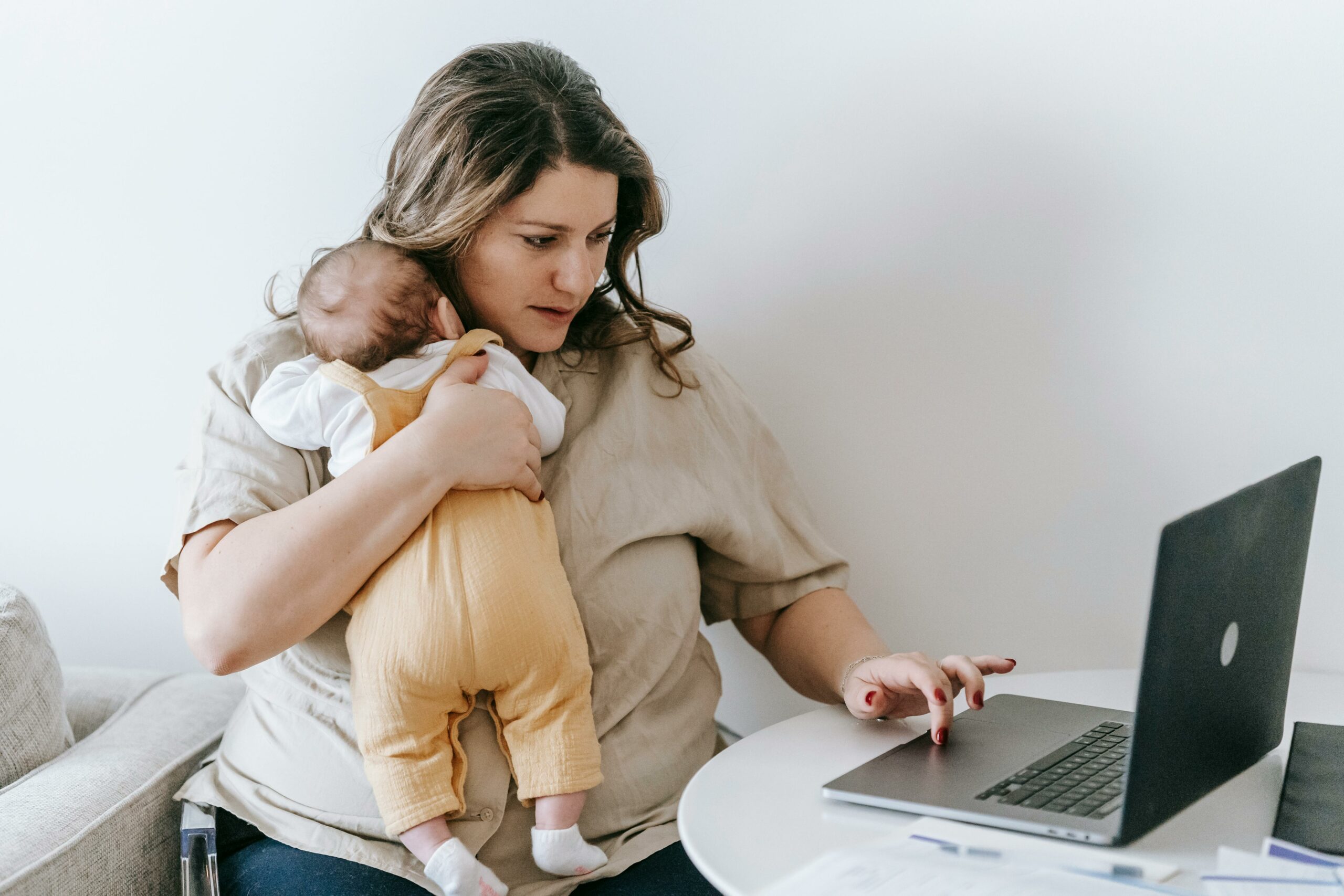
Essentials for a Business Casual Wardrobe
- Tailored Trousers or Skirts: Invest in tailored trousers or skirts in neutral colors for versatility and ease of mix-and-match.
- Example: A pair of slim-fit trousers in black or charcoal can be paired with a variety of tops and blazers for a polished business casual look.
- Button-Down Shirts or Blouses: Stock up on button-down shirts or blouses in classic prints and fabrics for a timeless yet versatile wardrobe staple.
- Example: A crisp white button-down shirt is a wardrobe essential that can be dressed up or down for various occasions, from client meetings to casual Fridays.
- Blazers or Cardigans: Layering with blazers or cardigans adds polish and sophistication to any ensemble while providing warmth and versatility.
- Example: A tailored blazer in navy or gray can be layered over a blouse or T-shirt for a chic and professional look that transitions seamlessly from day to night.
Incorporating Casual Pieces Into Your Wardrobe
- Denim Jeans or Shorts: Invest in high-quality denim jeans or shorts in flattering cuts and washes for effortless style and comfort.
- Example: A pair of dark-wash skinny jeans can be dressed up with a blazer and heels for a casual yet polished look or dressed down with sneakers and a T-shirt for weekend wear.
- T-Shirts or Casual Tops: Stock up on T-shirts or casual tops in soft fabrics and playful prints for a laid-back yet stylish vibe.
- Example: A graphic T-shirt paired with distressed denim shorts and sandals creates a casual and trendy ensemble that’s perfect for summer outings or weekend brunch.
- Sneakers, Sandals, or Flats: Invest in comfortable yet stylish footwear options such as sneakers, sandals, or flats for all-day wear.
- Example: White sneakers paired with a sundress or jeans and a T-shirt add a sporty-chic touch to any casual ensemble, offering both comfort and style.
In the ever-changing landscape of fashion and style, understanding the distinctions between business casual and casual attire is essential for dressing with confidence and sophistication. By embracing the nuances of each style and incorporating personal flair and creativity, individuals can navigate various social and professional settings with ease, leaving a lasting impression wherever they go.
So, whether you’re heading to the office, meeting friends for brunch, or attending a networking event, remember to dress the part and let your style speak volumes about who you are and what you stand for.


